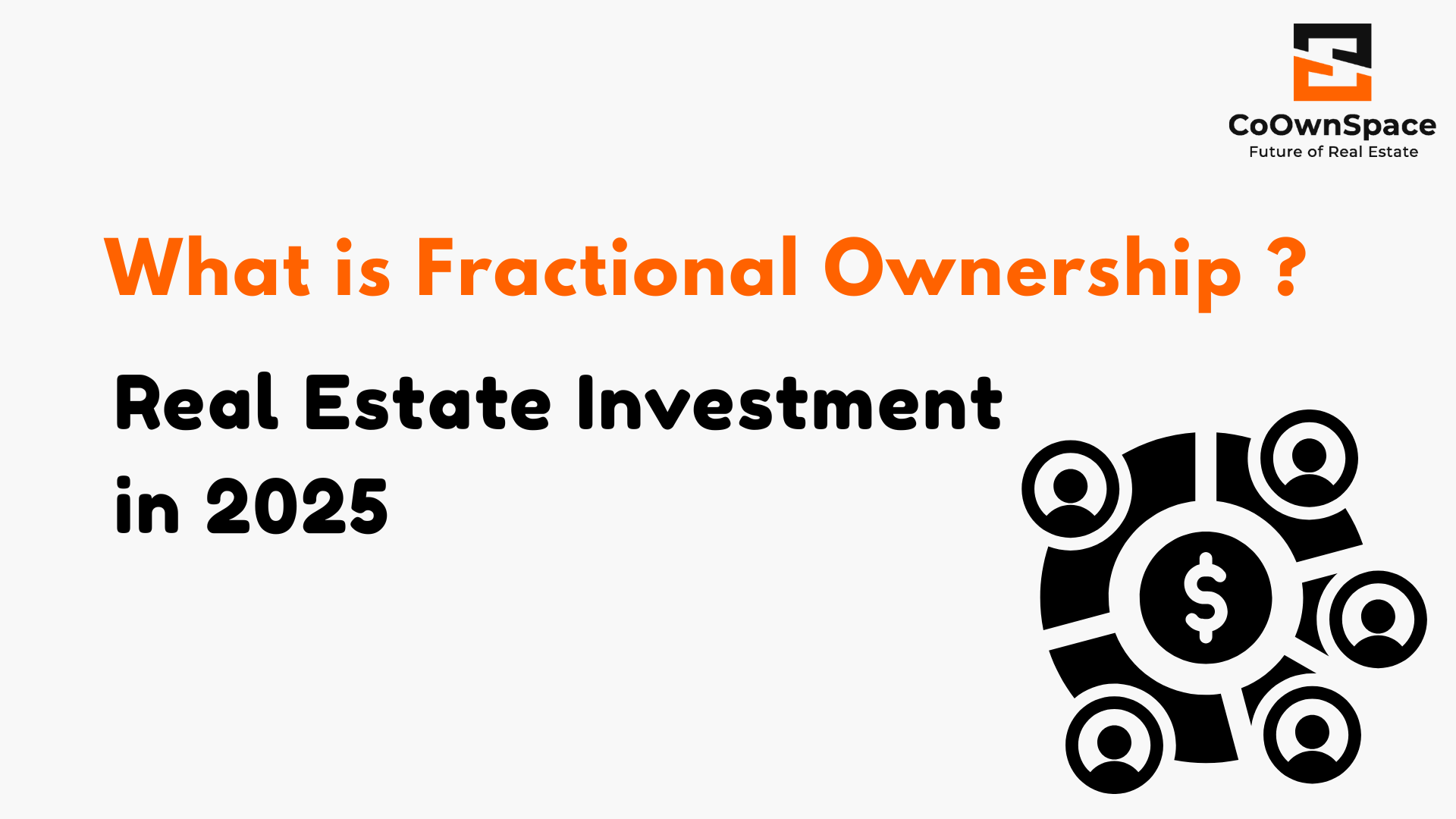Investing in fractional real estate offers a flexible, low-barrier entry into high-value property markets. But as important as it is to enter the investment at the right time, it’s equally crucial to understand how you can exit effectively when the time comes. Whether you’re looking to reinvest, shift your portfolio, or unlock capital, having a clear exit strategy ensures a smooth and profitable transition.
Unlike traditional property investments, fractional ownership introduces more structured and investor-friendly options for liquidation. In this article, we’ll explore how to liquidate your fractional shares, what to expect during the process, and the most common exit strategies available through platforms like CoOwnSpace.
What Does “Exit” Mean in Fractional Ownership?
In the context of fractional ownership, an “exit” refers to the process of selling or redeeming your share of ownership in the property either to another investor or through a planned group sale. Since you’re a part-owner, not the sole owner, the process differs from traditional property sales.
An effective exit strategy ensures that your capital is not locked indefinitely and that you can realize returns when your investment has matured or appreciated.
Why Planning Your Exit Matters
Many first-time investors focus solely on entry points how much to invest, which asset to choose, and what the projected returns are. However, a well-planned exit strategy ensures:
- Timely access to profits
- Portfolio rebalancing
- Risk mitigation
- Financial liquidity
- Smoother tax planning
Understanding your options ahead of time allows you to align your investment horizon with the available exit routes.
Top Exit Strategies for Liquidating Fractional Shares
1. Platform-Managed Sale (Group Exit)
Most fractional real estate platforms, including CoOwnSpace, offer planned group exits typically after a 3 to 5-year investment cycle. In this strategy, the platform identifies an optimal time to sell the entire property, either to institutional buyers, developers, or on the open market.
Once the asset is sold:
- The proceeds are distributed among co-owners in proportion to their shareholding.
- You receive both your principal and appreciation-based profits (if any).
This is the most common and passive exit route, requiring no action from individual investors.
2. Secondary Resale Market
Some advanced platforms provide a secondary marketplace, where you can list your fractional share for sale before the asset reaches its maturity period.
Here’s how it typically works:
- You set a selling price based on current market conditions.
- Interested buyers (existing or new investors) can purchase your stake.
- Upon successful transaction, ownership is transferred and funds are settled securely.
This provides flexibility and liquidity for investors who need to exit early. However, resale success may depend on market demand and platform activity.
3. Buyback Option by Platform or SPV
In select cases, the platform or the Special Purpose Vehicle (SPV) managing the property may offer to buy back your shares at a pre-agreed price or based on fair market value. This is usually done under special conditions such as:
- Investor request
- Lack of resale buyers
- Restructuring of the investment
This method ensures an orderly and guaranteed exit, although the pricing may be slightly lower than open-market valuations.
4. Peer-to-Peer Transfers
While less common, some platforms allow private peer-to-peer share transfers. In this setup:
- You identify another investor (within your network or through the platform) interested in buying your stake.
- Legal documentation and share transfer are facilitated through the platform or SPV.
- This strategy gives you flexibility in pricing and timeline.
This method is more manual and less liquid, but could be effective for those with investment communities or groups.
5. Maturity-Based Auto Exit
In some structured investment deals, especially in land-only models like CoOwnSpace, the platform sets a clear maturity date—for example, 5 years from the date of investment. At maturity:
- The property is sold, or
- The SPV is dissolved, and proceeds are distributed
This is a pre-determined exit, ideal for investors looking for a predictable timeline and fixed holding period.
Factors That Influence Exit Success
- Asset Location and Market Conditions: Exit timelines and profit margins depend on how the land appreciates over time and the real estate cycle of that region.
- Holding Period: Exiting too early may reduce gains. Waiting till the end of the maturity period can lead to optimized returns.
- Platform Liquidity: Platforms with an active investor base often offer quicker exits through secondary sales.
- Legal Structure: A clear SPV or trust-based model makes exits more transparent and legally secure.
Key Tips for Investors Planning an Exit
- Stay Informed: Keep track of property performance reports and market updates shared by your platform.
- Review Your Investment Agreement: Understand clauses related to exits, resale rights, and lock-in periods.
- Plan Early: If you anticipate needing funds, start exploring exit options at least 6 months in advance.
- Speak with Advisors: Consult a financial or tax advisor before making a large exit to manage taxes effectively.
Fractional real estate investment is not only a smart entry into the property market, but also a flexible vehicle for capital growth—provided you have a clear exit plan. Whether you prefer to wait for a group exit, leverage a secondary market, or explore peer-to-peer options, platforms like CoOwnSpace offer multiple pathways to liquidate your fractional shares with transparency and convenience.
By understanding your exit strategy from day one, you can invest with confidence, maximize returns, and maintain liquidity throughout your financial journey.
